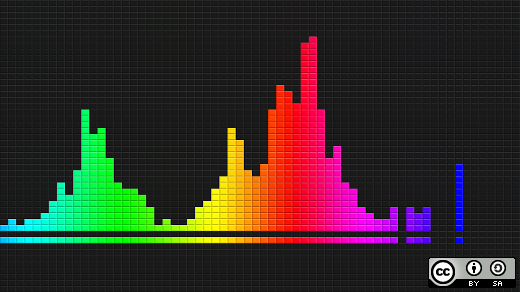
- #External usb audio interface audacity how to#
- #External usb audio interface audacity install#
- #External usb audio interface audacity drivers#
- #External usb audio interface audacity pro#
- #External usb audio interface audacity windows#
#External usb audio interface audacity pro#
It will look like this: Mac sound settingsĪs you can see, I have the Focusrite Saffire Pro 40 set up as my output device. On a Mac you will venture to the top left of your menu bar to click the Apple > System Preferences > Sound, and then work within the Output and Input tabs.
#External usb audio interface audacity windows#
It will look something like this: Windows Sound Settings On Windows, if I recall correctly, you'll find these settings by navigating to the Start menu > Control Panel > Hardware & Sound > Sound, and then you'll work within the Playback and the Recording tabs. The next step is to find your audio settings for your operating system at large. Choose Your Audio Interface In Your Operating System
#External usb audio interface audacity drivers#
You'll know if you need separate drivers based on what happens in the next step. This may still be the case for some purchases, but most often the interface will be able to use the standardized system drivers in your operating system.
#External usb audio interface audacity install#
It used to be the case that your interface would come with a CD you would use to install drivers, or a card that would direct you to the manufacturer's website to download the drivers. It's a bit more complicated than other types of devices your computer is used to talking with.

Think of the interface as a really fancy outboard sound card that comes with nicer preamplifiers and other features.Įven in today's world of plug-and-play hardware, you'll rarely be able to just plug in your interface and be able to start accepting audio signals and outputting music through it automatically, even if your computer tries to do this for you. It converts that electrical signal at the analog-to-digital converter into a digital signal consisting of binary language your computer can understand. Your interface's job is to capture audio signals from a microphone or a direct input from a guitar, bass, keyboard, etc. You'll either have a firewire cable, thunderbolt cable, or a USB cable, either of which has to be plugged in before your interface can communicate with the computer. It will also come with (these days) one of three options for cables to connect to your computer, depending on which type you purchased. Your interface will be packaged with a power cable or power adaptor which obviously has to be plugged into the wall or your power conditioner before you can even turn the thing on. I'll state the obvious just for the sake of anyone reading who doesn't realize the basics of cabling. We were recording through the laptop's microphone! I could hear myself loud and clear but barely hear the guitar. We started to blame it on the headphones going bad, so we switched headphones and the problem was still there, but that was what revealed the problem.Īs I was talking out loud I realized that we weren't recording through the mic that was being used to close mike the amplifier at all. I checked everything, but missed one detail even though we deliberately looked at it in the settings. Why was this happening? A common tabletop form-factor for an audio interface. There was a lot of reverb, noise, and some distortion when the amplitude was increased. I confirmed the mic was receiving the signal, passing it through the interface and on to Logic Pro X, where we then recorded it.Īnd just as described, it sounded horrible. The next night, my brother and I ran over to Koi's home and I started investigating while they set up the guitar, amp, mic, and stand just as it was before when the bad signal was coming through. I'm using the same Shure SM57 and cables I've used tons of times to record elsewhere so I know nothing is wrong with them.

When I record on it, my tracks sound real distant and have a lot of noise in them. I just bought the best audio interface I could afford. I'll explain what was happening and how I solved it, which includes the general tutorial on setting up your audio interface. This question comes from a real life guitarist friend who finally bought his first interface and couldn't figure out what was happening when he'd press record. I remember having to deal with this my first time ever recording around 18 years ago. And that's what happens when you decide to start recording your own songs or covers. Being a musician usually involves learning an instrument and some music theory, of course.īut rarely do we anticipate needing to learn our way around computers to enhance our hobby.
#External usb audio interface audacity how to#
Our most recent question that was generalizable enough to benefit the entire community is a very fundamental hurdle that nearly everyone runs into: how to use an audio interface.


 0 kommentar(er)
0 kommentar(er)
